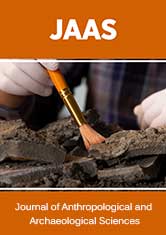
Lupine Publishers Group
Lupine Publishers
Menu
ISSN: 2690-5752
Opinion(ISSN: 2690-5752) 
Since Time Began: Archaeologists, Native Americans, and Time Volume 8 - Issue 4
Jon McVey Erlandson*
- Museum of Natural & Cultural History, University of Oregon, Eugene, USA
Received:August 01, 2023; Published: August 08, 2023
Corresponding author:Jon McVey Erlandson, Museum of Natural & Cultural History, University of Oregon, Eugene, OR 97403 USA
DOI: 10.32474/JAAS.2023.08.000291
Opinion
Relationships between archaeologists, anthropologists, Native Americans, and other Indigenous peoples have often been contentious [1,2], the result of a legacy of colonialism, discrimination, and White privilege, combined with a longstanding focus on scientific exploration of cemeteries, human remains, and sacred places or objects. As scientists, we can and must do better to heal the rifts of the past. In this brief essay, I examine one small issue that can divide scientific and traditional Indigenous viewpoints—the concept of time and how it is perceived by different people and cultures—and suggest a simple solution that brings seemingly divergent viewpoints closer together. As a practicing archaeologist for more than 45 years—during which I have worked with numerous Pacific Coast tribes and tribal members, I have often heard various iterations of the phrase “Native people don’t need archaeologists to tell us when we got here, we’ve been here since time began.” It is often said that people of European ancestry tend to think of time as linear, while many indigenous people—including Native Americans—tend to think of time as more circular. In a world where science, religion, and politics are entangled in complex and contentious ways, many archaeologists feel the need to defend their generally linear chronological reconstructions of human evolution, migrations, and cultural developments.
I witnessed one example of our different perceptions of time in the mid-1980s when a Tlingit elder said something that demonstrated a very different perspective on time than my own. We were standing at the Angoon ferry terminal on Southeast Alaska’s Admiralty Island (a.k.a. Kootznoowoo or “fortress of the brown bears”). Some rambunctious young Tlingit boys were running noisily through the crowd as we waited for the ferry to arrive. Standing next to me, the late Mr. Mathew Fred—who considered himself to be the chief of Admiralty Island—felt the need to apologize for the boys and their rowdy behavior, in part by saying “those boys are not from Angoon.” When I asked Mathew where the boys were from, he replied that their families had moved to Angoon from another Tlingit village in the late 1800s—roughly a century earlier! About the same time, I also learned that a lethal bombardment of Angoon in AD 1882 by a United States Navy warship was a very fresh wound for local Tlingit people at the time, and still is [3].
In Oregon some 25-30 years later, I was invited to be the evening speaker at an annual summit of state agency officials and representatives from Oregon’s nine federally recognized tribes. When I suggested that given the coastal location of the summit meeting, I might talk about the initial peopling of the Americas and the “kelp highway hypothesis” I helped develop [4]. A well-meaning senior staff member (of European ancestry) of the state’s Legislative Commission on Indian Services, who worked closely with Oregon tribes, suggested that such a topic might be poorly received by the many Native people who would be in the audience. She may have been worried that I would come off as one of what I sometimes call “super-scientists,” who many Native Americans find privileged, pompous, and arrogant in their defense of the scientific enterprise. Having worked closely with Indigenous people for many years, I persisted and presented an illustrated lecture that was well-received and elicited many positive questions and comments from tribal members and others in the audience.
As scientists working in a politically charged and deeply divided society, many of us may feel compelled to insist that science and rational thought should determine governmental policies. An ardent Biblical scholar who insists that the world was created just 6,000 years ago—and wants his belief taught in public schools—may be entitled to his view, but he should be corrected by the incontrovertible truth that the earth is billions of years old and that human evolution spanning millions of years is not just a theory but a fact. Scientists may still debate the processes and details of that evolution, but that does not negate the reality that such evolution demonstrably occurred and that we know more about the details with every new discovery. In recent decades, the addition of extensive genomic data to the incomplete archaeological and fossil records leaves no doubt to the broad framework of human evolution and the knowledge that all humans alive today are relatively closely related through ancestors who lived roughly 100,000 years ago in Africa [5].
For Native Americans and other Indigenous people who state that they have been in their homelands “forever,” in contrast, I see no need for correction. Humans are the only species on earth that keeps close track of time through the days, months, seasons, years, and generations. Before people colonized the Americas, Australia, and other traditional Indigenous homelands for the first time, therefore, there was no calendar and no time until their arrival. With modern scientific methods, today we can construct calendars of deeper time for landscapes, organisms, and ecosystems that existed before humans arrived. But there is no contradiction inherent between those longer chronologies and the knowledge of Indigenous people that they have been in their homelands “since time began.” Ultimately, to help heal and move beyond the divisions of the past, archaeologists, anthropologists, and other scientists must become better listeners, more respectful and sensitive to:
a. The deep connections many Indigenous people have to their past.
b. The often profound knowledge that Indigenous and descendant communities have of their cultures and the ecosystems they have lived in for centuries or millennia; and
c. Issues of sovereignty, social justice, and the current desires of descendant communities.
References
- Deloria Vine Jr (1992) Indians, archaeologists, and the future. American Antiquity 57(4): 595-598.
- Thomas David H (2000) Skull Wars: Kennewick Man, Archaeology, and the Battle for Native American Identity. Basic Books, New York.
- (2020) Tribal members, military leaders hold historic meeting on bombardments. Sealaska Heritage, United States.
- Erlandson Jon M, Michael H Graham, Bruce J Bourque, Debra Corbett, James A Estes, et al. (2007) The Kelp Highway hypothesis: Marine ecology, the coastal migration theory, and the peopling of the Americas. Journal of Island and Coastal Archaeology 2(2): 161-174.
- Harris Eugene E (2019) Ancestors in Our Genome: The New Science of Human Evolution (reprint edition). Oxford University Press, Oxford, USA.

Top Editors
-
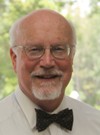
Mark E Smith
Bio chemistry
University of Texas Medical Branch, USA -
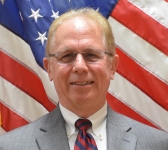
Lawrence A Presley
Department of Criminal Justice
Liberty University, USA -
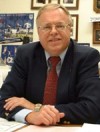
Thomas W Miller
Department of Psychiatry
University of Kentucky, USA -
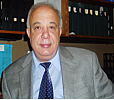
Gjumrakch Aliev
Department of Medicine
Gally International Biomedical Research & Consulting LLC, USA -
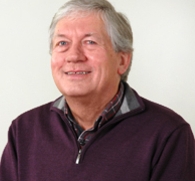
Christopher Bryant
Department of Urbanisation and Agricultural
Montreal university, USA -

Robert William Frare
Oral & Maxillofacial Pathology
New York University, USA -
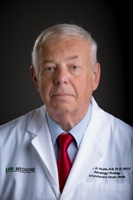
Rudolph Modesto Navari
Gastroenterology and Hepatology
University of Alabama, UK -
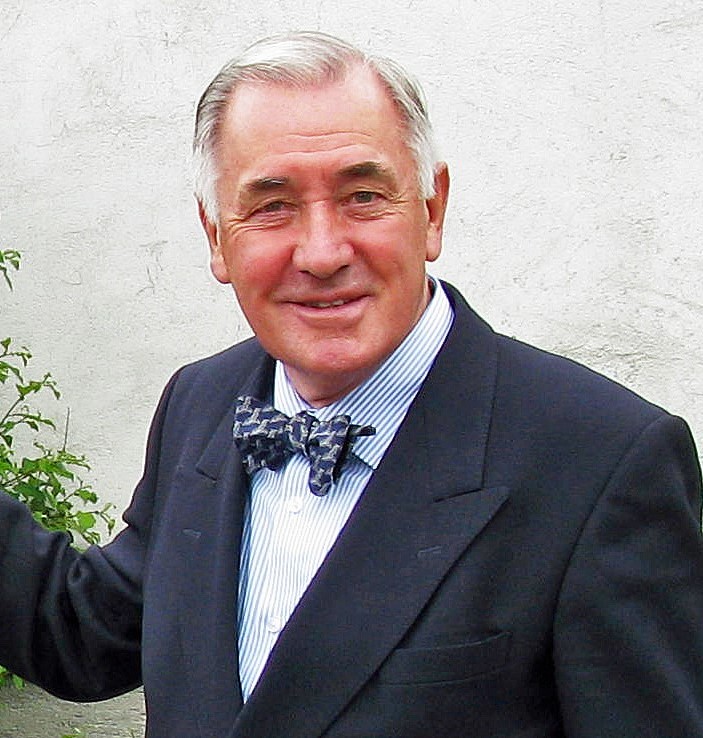
Andrew Hague
Department of Medicine
Universities of Bradford, UK -
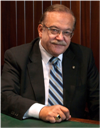
George Gregory Buttigieg
Maltese College of Obstetrics and Gynaecology, Europe -
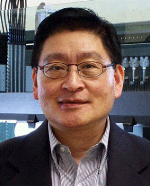
Chen-Hsiung Yeh
Oncology
Circulogene Theranostics, England -
.png)
Emilio Bucio-Carrillo
Radiation Chemistry
National University of Mexico, USA -
.jpg)
Casey J Grenier
Analytical Chemistry
Wentworth Institute of Technology, USA -
Hany Atalah
Minimally Invasive Surgery
Mercer University school of Medicine, USA -

Abu-Hussein Muhamad
Pediatric Dentistry
University of Athens , Greece

The annual scholar awards from Lupine Publishers honor a selected number Read More...




